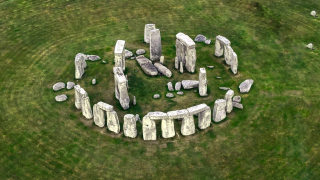 LOANWORD
LOANWORD Why Madagascar Is Written as “馬達加斯加” in Japanese Kanji
Foreign names were once written in Japan using phonetic kanji instead of katakana. Madagascar became 「馬達加斯加」, with each character chosen to approximate the sound. By learning this, we see how Japan balanced tradition and adaptation in representing foreign words.









